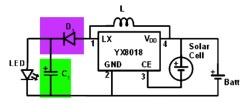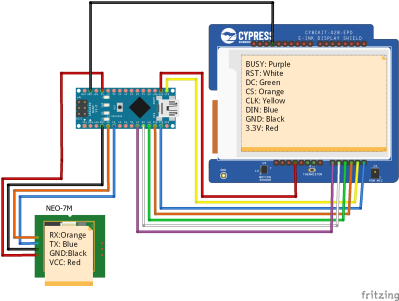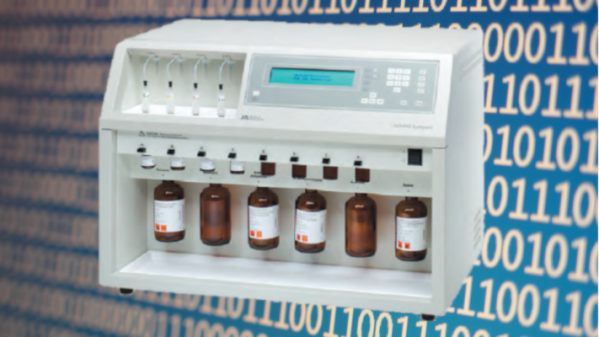White LEDs were the technological breakthrough that changed the world of lighting, now they are everywhere. There’s no better sign of their cost-effective ubiquity than the dollar store solar garden light: a complete unit integrating a white LED with its solar cell and battery storage. Not content with boring white lights on the ground, [Emily] decided to switch up their colors with a mix of single-color LEDs and dynamic color-changing LEDs, then hung them up high as colorful solar ornaments.
The heart of these solar devices is a YX8018 chip (or one of its competitors.) While the sun is shining, solar power is directed to charge up the battery. Once the solar cell stops producing power, presumably because the sun has gone down, the chip starts acting as a boost converter (“Joule thief”) pushing a single cell battery voltage up high enough to drive its white LED. Changing that LED over to a single color LED is pretty straightforward, but a color changing LED adds a bit of challenge. The boost converter deliver power in pulses that are too fast for human eyes to pick up but the time between power pulses is long enough to cause a color-changing circuit to reset itself and never get beyond its boot-up color.
 The hack to keep a color-changing LED’s cycle going is to add a capacitor to retain some charge between pulses, and a diode to prevent that charge from draining back into the rest of the circuit. A ping-pong ball serves as light diffuser, and the whole thing is hung up using a 3D-printed sheath which adds its own splash of color.
The hack to keep a color-changing LED’s cycle going is to add a capacitor to retain some charge between pulses, and a diode to prevent that charge from draining back into the rest of the circuit. A ping-pong ball serves as light diffuser, and the whole thing is hung up using a 3D-printed sheath which adds its own splash of color.
Solar garden lights are great basis for a cheap and easy introduction to electronics hacking. We’ve seen them turn into LED throwies, into a usable flashlight, or even to power an ATTiny microcontroller.
Continue reading “Give Your Solar Garden Lights A Color Changing LED Upgrade”



 If you mention a clock that receives its time via radio, most people will think of one taking a long wave signal from a station such as WWVB, MSF, or DCF77. A more recent trend however has been for clocks that set themselves from orbiting navigation satellites, and
If you mention a clock that receives its time via radio, most people will think of one taking a long wave signal from a station such as WWVB, MSF, or DCF77. A more recent trend however has been for clocks that set themselves from orbiting navigation satellites, and 
















